Houghton is one of a small category of earthworks which, in general, are circular or oval in form, and are situated on slopes. They have an internal area consistent with other forts and settlements, and are usually univallate, with an internal mound, median ditch, and counterscarp bank. They possess few other distinguishing features; some may be merely stock enclosures.
Both inner and outer banks, where still apparent, are very slight, and the ditch is largely silted up, except for the north side where it attains a depth of 1.3m. Opposing entrances in the east and west sides are probably original. There are no internal features. Quite clearly the earthwork pre-dates the surrounding medieval field system, but there is little other dating evidence.
Listed by Challis and Harding as a slight univallate hill slope enclosure (Iron Age).
NZ 123 666. Heddon-on-the-Wall. Listed in a gazetteer of British hillforts as a ?univallate structure enclosing 1.1ha.
The enclosure survives as earthworks and is visible on air photographs, centred at NZ 1224 6657. It has medieval ridge and furrow within the enclosure and surrounding it (see NZ 16 NW 124). It has an inner an outer bank and opposed entrances as described above. It lies north of the River Tyne.
The monument includes a defended settlement of Iron Age date on gently sloping ground set a short distance back from a rocky ridge which commands extensive views across the valley of the River Tyne. The enclosure, oval in shape, measures 104m east to west by 74m north to south within a ditch varying between 7m to 8m wide and up to 1.3m deep. The ditch is infilled with silt for much of its circuit and is most prominent on the northern side. Within the ditch there are traces of an inner rampart of stone and earth which is best preserved at the western end where it is a maximum of 6m wide and 0.3m high. Outside of the ditch fragmentary remains of a counter-scarp bank are visible on all sides but the north, where it has been levelled by the construction of the road and is best preserved at the western end. There are opposing entrances through the east and the west sides of the enclosure, carried across the ditch on causeways 3.6m wide and 4.8m wide respectively.
A long causeway, clearly visible on LIDAR, which heads towards the east entrance of the enclosure from the road close to Houghton North Farm may be a later feature. It is described by Historic England (Mon. No. 1440602) as a medieval holloway (sunken track) and boundary ditch. It lies within an area of medieval ridge and furrow between two plough headlands. They suggest that it may be associated with Houghton medieval deserted settlement recorded from documentary evidence.
An oval cornelian intaglio, largely complete, showing the figure of Mercury carrying a herald's wand and an elongated money bag has been recovered from High Close House, west of Heddon-on-the-Wall. The intaglio dates to the early 2nd century AD. A pair of glass beads of Guido's Groups 6iia and 6ivb have also been recovered. These types of bead continue well into the post-Roman period.
The reference given for these finds is:
Tolan-Smith, M, and Tolan-Smith, C, 2011. 'Miscellaneous Antiquities From The Tyne Valley', Archaeologia Aeliana 5th series 40, 259-267 (263 & 265). Link.
The location for these finds given in the reference is NZ117667 which is located north of Hexham road and north-west of the enclosure. However, the discussion states that:
The intaglio and two glass beads were all retrieved from within the boundaries of Close House West Romano-British enclosure.
The location of this second enclosure (only visible as a crop mark on aerial photographs) is closer to NZ117657, in the field immediately west of High Close House and the strip of West Wood.
This enclosure is recorded on Keys to the Past (N10877). I found it very hard to see on freely available satellite imagery (e.g.historical imagery from Google Earth, or Bing Virtual Earth) but there is a hint of it on these enhanced images shown below. It is not visible on the ground and leaves no surface trace on LIDAR.
Monument Number 22882
Grid Ref : NZ 11811 65743
Summary : Iron Age or Roman rectilinear enclosure is visible as cropmarks on air photographs. The ditched enclosure (55 x 58 metres) has an entrance on its eastern side. Also on its eastern side is a possible small (20 metres wide) enclosure, with only three sides visible.
More information : NZ 118 658. High Close House West. Crop-mark of a single-ditched rectangular enclosure with rounded corners and an east-facing entrance. The sides measure between 150 and 200 feet. Situated circa 200 yards west of High Close House at an altitude of 200 feet. (Listed under rectangular enclosures some of which are likely to fall into the pattern of Romano-British rectilinear settlements.) (1-2)
Nothing visible on the ground, but the crop-mark is consistent with that of a rectilinear type native domestic enclosure. NZ 1182 6572.
(3)
Iron Age or Roman rectilinear enclosure is visible as cropmarks on air photographs, centred at NZ 1180 6574. The ditched enclosure (55 x 58 metres) has an entrance on its eastern side. Also on its eastern side is a possible small (20 metres wide) enclosure, with only three sides visible.
(4)
Keys to Past: N27218 & HE Monument Number: 1440761
NZ 12299 65629
Iron Age or Roman rectilinear enclosure is visible as cropmarks on air photographs. The ditched enclosure (62 x 60 metres) is incomplete.
I can see no trace of this enclosure on Goggle Earth imagery.
Keys to Past (N10919)
This is the site of an Iron Age hillfort. It was discovered in 1989 during survey of an ancient woodland. It stands on a hill above Howdene Burn, close to its junction with the Tyne. It is surrounded by a large bank and ditch.
This hillfort is recorded in the following reference:
Tolan-Smith, M. (1997). A Newly Discovered Promontory Fort in the Tyne Valley. Archaeologia Aeliana (5th Series) 25, 145-7. Link.
The remains consist of a substantial bank 13 m wide and 1.25 m high above the bottom of a broad external ditch. The ditch measures on average 9 m wide and has a slight counter-scarp bank. There is an internal quarry ditch which measures a maximum of 5 m wide.
A modern causeway carrying a track across the southern end of the earthworks may occupy the site of an original entrance 6 to 7 m wide. The earthworks have been placed across the neck of a narrow promontory to form an irregular enclosure 90m by 93 m, bounded on the three other sides by steep natural slopes. The remains suggest that they are those of a previously unknown promontory fort of probable Iron Age date.
A rectangular enclosure is visible as an earthwork on lidar imagery beneath woodland. It measures about 60m by 40m and has rounded corners. A road or track crosses the north-western corner of the enclosure and runs down the hillside.
The tree-penetrating LIDAR (DTM) picks out many small depressions in this area of the woodland which are probably coal mine pits.
A ditched enclosure, about 60m east-west by 55m north-south, enclosed by a spread earthen bank. The sides are slightly bowed. The eastern side of the enclosure coincides with the boundary of Horsley Wood and may be attached to it and contemporary with it. Some aerial photographs show a vague circular structure within the enclosure which is interpreted as the possible remains of a round house, as well as a possible sunken yard in the south east corner.
The enclosure is clearly visible in Google Earth historic imagery from September 2007. No upstanding earthworks have been seen and no features associaioted with it were seen during xxcavation of a pipeline trench in 2012.
The Tyne valley would have been inhabited in prehistory. Its rich hunting grounds, agricultural fertility, defensive topography and supply of fresh water would have attracted nomads and settlers for millennia. The lower slopes and base of the valley would have been densely forested and visited and crossed rather than settled. There is clear evidence of prehistoric settlement in and around Horsley.
There is the site of an Iron Age hillfort which stands on a hill above Howdene Burn close to its junction with the Tyne about a kilometre to the south east of the village. It is surrounded by a large bank and ditch and was discovered in 1989 during survey of an ancient woodland. Another set of earthworks, probably an Iron Age settlement, with associated prehistoric field boundaries sits on top
of Horsley Hill just to the north of the village.
Aerial photography has revealed more of the area’s prehistory. These include a rectangular enclosure which was destroyed as a consequence of the development of Horsley Crofts and a rectangular enclosure including a round house in a field immediately west of Horsley Wood.
Keys to the Past (N10018)
Historic England Research Records (Mon. No. 20423)
Scheduled Monument (1016470)












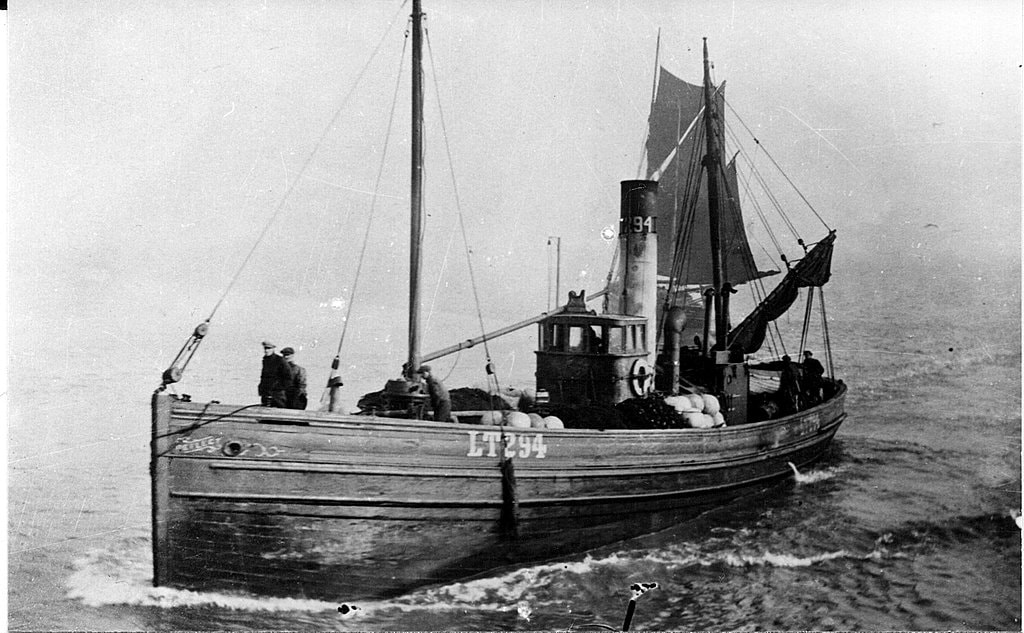






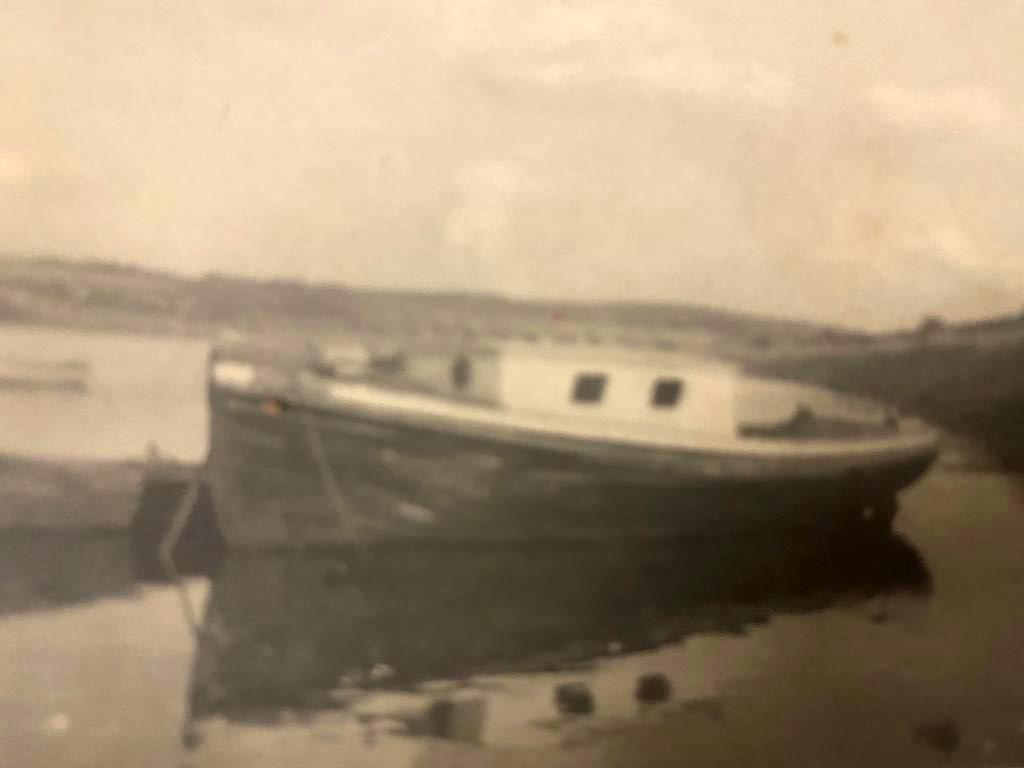

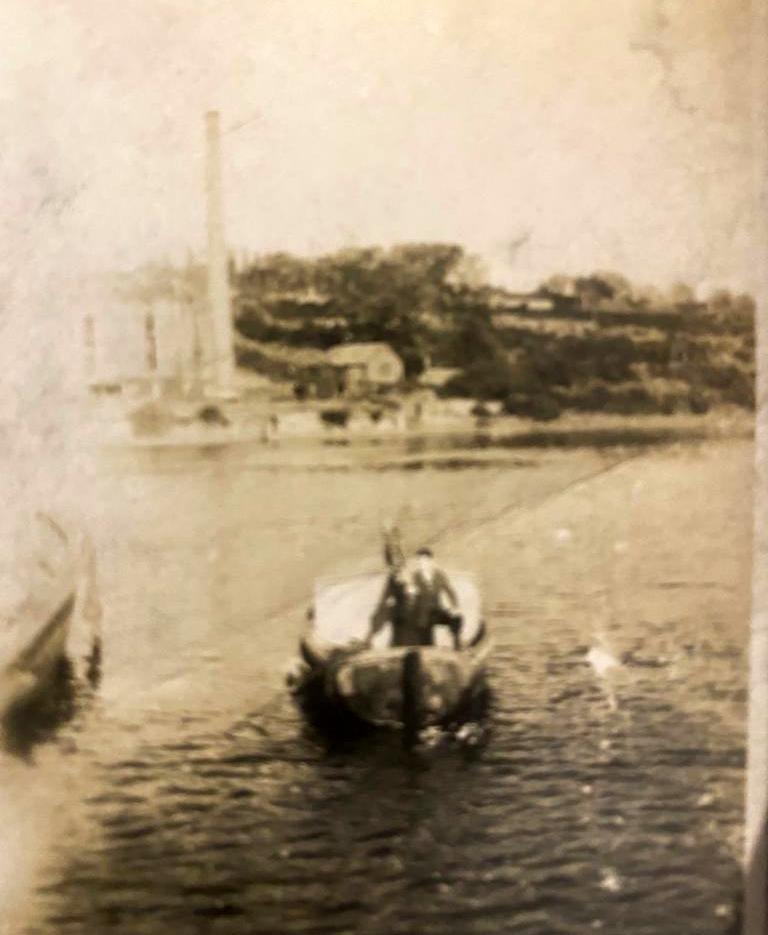








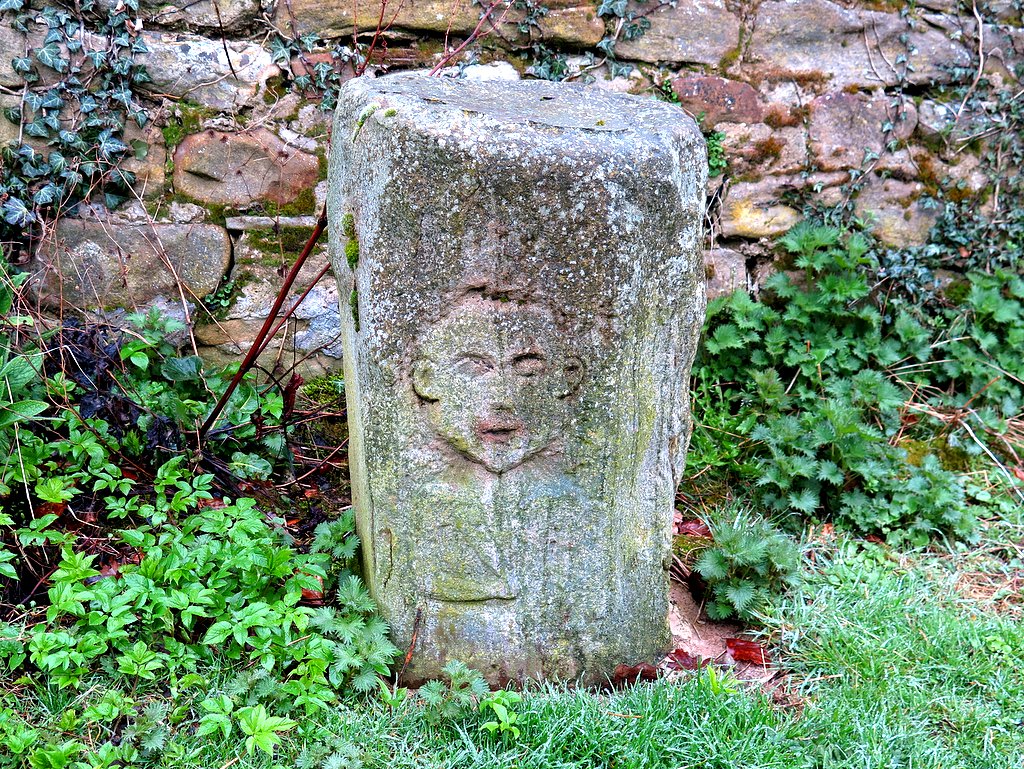

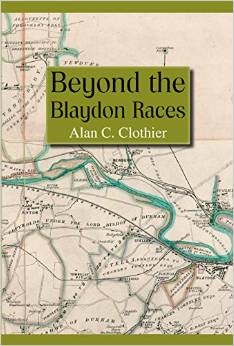





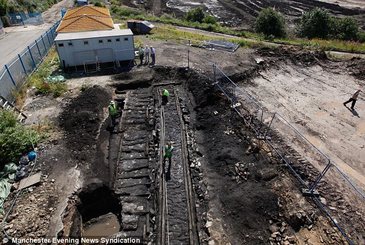
 RSS Feed
RSS Feed
